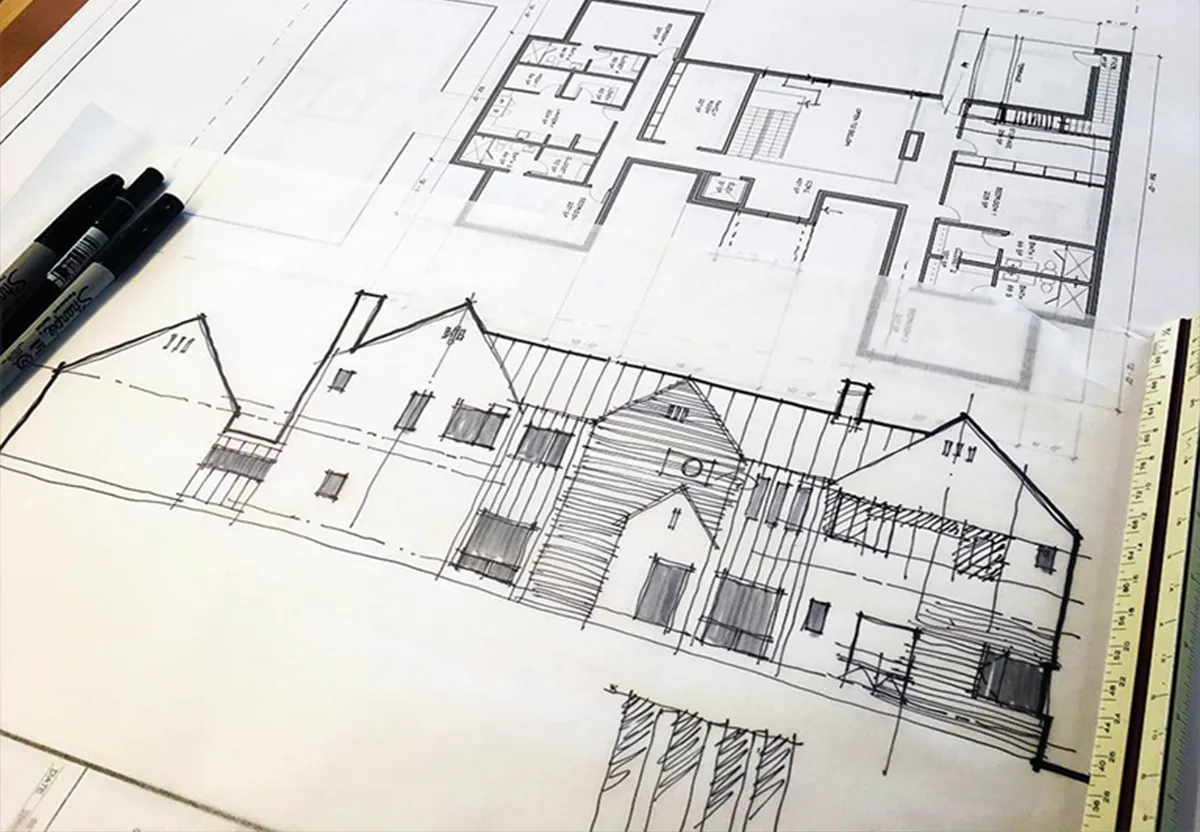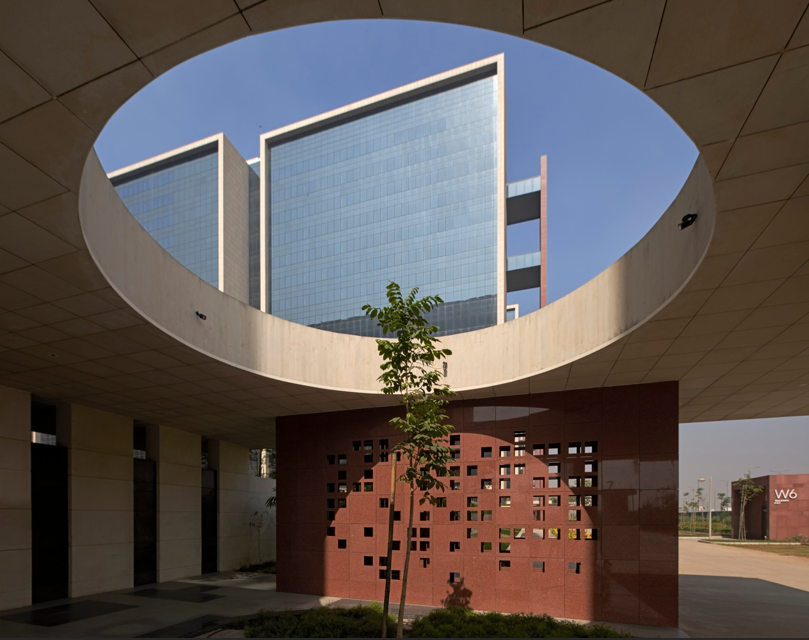It happens all the time—you tell someone you’re an architect, and they immediately jump to conclusions about what your life must be like. Maybe they assume you’re raking in cash, or that you spend your days sketching beautiful buildings in solitude, lost in your creative bubble. These assumptions can be flattering, but they’re often far from reality. Today, we’re going to explore some of the most common myths about architects and peel back the layers to reveal what this profession is really about. Some of these might surprise you, and if you’re an architect yourself, you might find yourself nodding along.
Architects Earn High Salaries
You’ve probably heard this one before: architects are rolling in cash. Spoiler alert—they aren’t. Sure, architecture is a respected profession, but most of us start with hefty student loan debt that eats into any paycheck we bring home. Entry-level salaries? Let’s just say they’re humbling, especially when you compare them to fields with similar educational and licensure requirements. Throw in unpaid overtime and years of internships, and the road to financial stability can feel like a marathon. While firm ownership or specialization can bump your income, those paths take years and a dash of luck to achieve. Even as you grow in your skills and toles, and your salary improves, architects in urban areas often find that rising rents and high costs of living erase out any gains (at least this is a topic of discussion that I have with the young people in my office). Architecture is a rewarding career in many ways, but it’s not a financial fast track, and for most architects, the real wealth is in the satisfaction of creating spaces that shape how people live, work, and interact.
Architects Have Complete Creative Freedom
When people think of architects, they imagine grand visions brought to life without compromise – probably part of the reason the word “starkitect” came into existence. I hate to be the one to burst that bubble, but in real life, compromise is baked into the job. Clients have budgets, and those budgets don’t always leave room for ALL the things that they want to include. To make things even more fun, you have zoning laws and building codes to follow, which can feel like designing with one hand tied behind your back. Environmental and sustainability standards also influence decisions, especially as more clients rightfully prioritize energy-efficient designs. Add market trends and public perception into the mix, and you quickly realize that our “creative freedom” is more like a carefully choreographed dance. The trick is to stay creative while working within a long list of constraints—and honestly, that’s part of the fun. Some of the most innovative designs are born from constraints, and as a result, it forces architects to think outside the box. It’s about finding that perfect balance between what’s possible, what’s desired, and what’s required.
Architects Work Alone
If you picture architects as lone geniuses holed up in a studio, think again. On any sizable project, I’m working alongside structural engineers, MEP consultants, interior designers, and sometimes the list of collaborators and consultants can grow to include more than 15+ specialists on a single project. It takes a small army to get building put together and it’s all about teamwork. Even small projects require collaboration, as every detail, from material selection to structural integrity, depends on a multidisciplinary approach. Inside the office, we collaborate like crazy. Younger designers and senior architects all contribute to moving a project forward. No project is ever a solo act, and honestly, the best ideas often come out of the give-and-take of working with a team. It’s this collaborative process that typically helps ensure that the final project is more refined, thoughtful, and impactful than what any one person could have created alone. Architecture is as much about relationships as it is about design, and that’s a part of the profession I’ve come to love.
Architects Are Responsible for Construction
It’s funny how often people ask me if I build any of the projects I design. While I think I could possibly pull off the role of “contractor”, my job is to provide the creative vision and technical documents —which includes detailed drawings, specifications, and guidance—but the contractors and tradespeople are the ones who actually construct the building. That being said, I do frequently visit the job site to make sure the plans are being followed. I greatly appreciate the hard work of the contractors and subcontractors who bring our projects to life. Our roles complement each other: I prepare the documents that provide instruction, and the contractors bring practical experience and boots-on-the-ground knowledge to the process. Architects oversee the process, but the success of a project relies on skilled collaboration between everyone involved, from the drawings to the last nail. While most architects don’t swing hammers, our expertise is crucial to ensuring that everything comes together as intended.
Architects Need Exceptional Drawing Skills
There’s a myth that architects are born with sketching abilities. In reality, the practice of architecture these days is more about software than sketchbooks. Tools like CAD and BIM are the new pencil and paper, allowing us to create detailed 3D models that would put any hand-drawn sketch to shame. Sure, sketching is helpful—it’s great for brainstorming—but it’s a skill you can learn, not some mystical gift. Communication and conceptual thinking matter far more than how amazing your sketches look. In today’s world, graphic software like Photoshop and Illustrator, combined with visual communication software like SketchUp and Enscape do as much (if not sometimes more) for selling a design than a hand-drawn visual is capable. That’s not to say sketching is obsolete—it’s still a quick and powerful way to communicate ideas. Architecture today isn’t limited to the hand-drawn line; technology has opened up countless possibilities for visualization, iteration, and collaboration. The ability to think critically, adapt quickly, and use the tools at hand is what really sets architects apart.
Architects Are Always in Demand
Architecture might sound like a recession-proof career, but construction is one of the first industries to take a hit when the economy falters. Demand also depends on where you’re located—big cities are a hotbed for opportunities, but rural areas? Not so much. The rise of DIY design software has allowed people to think they are the next Frank Lloyd Wright and as a result, smaller-scale residential work has fallen off and become cost-prohibitive, and now like so many other industries, outsourcing documentation services overseas has added another layer of competition. Even in specialized fields, like healthcare, student housing, and core and shell office buildings, markets can quickly become oversaturated. Staying relevant often means adapting to shifting demands, learning new tools, and carving out a niche. It’s not the guaranteed job security many imagine it to be, but the unpredictability also keeps things interesting. The architects who thrive are the ones who can adapt quickly and find opportunities even when the market shifts.
Architects Only Prepare Drawings
It’s true that architects spend a significant amount of time creating drawings, but to say that’s all we do would be selling the profession short. Before the first line is drawn, architects meet with clients to understand their needs, establish budgets, and set realistic project timelines. Once the project moves forward, we’re knee-deep in coordination—working with engineers, consultants, clients and other stakeholders to bring all the pieces together. Navigating code and zoning regulations, managing the permit process and submission, while solving unexpected site challenges, budget modifications, and misaligned expectations are just as much a part of the job as the design itself. And then there’s the ongoing communication: architects mediate between contractors, clients, and consultants to ensure everyone stays aligned. The drawings may look like the most visible output of our work, but they’re just the tip of the iceberg. What you don’t see is the constant problem-solving, project management, and expertise that makes those drawings a reality.







